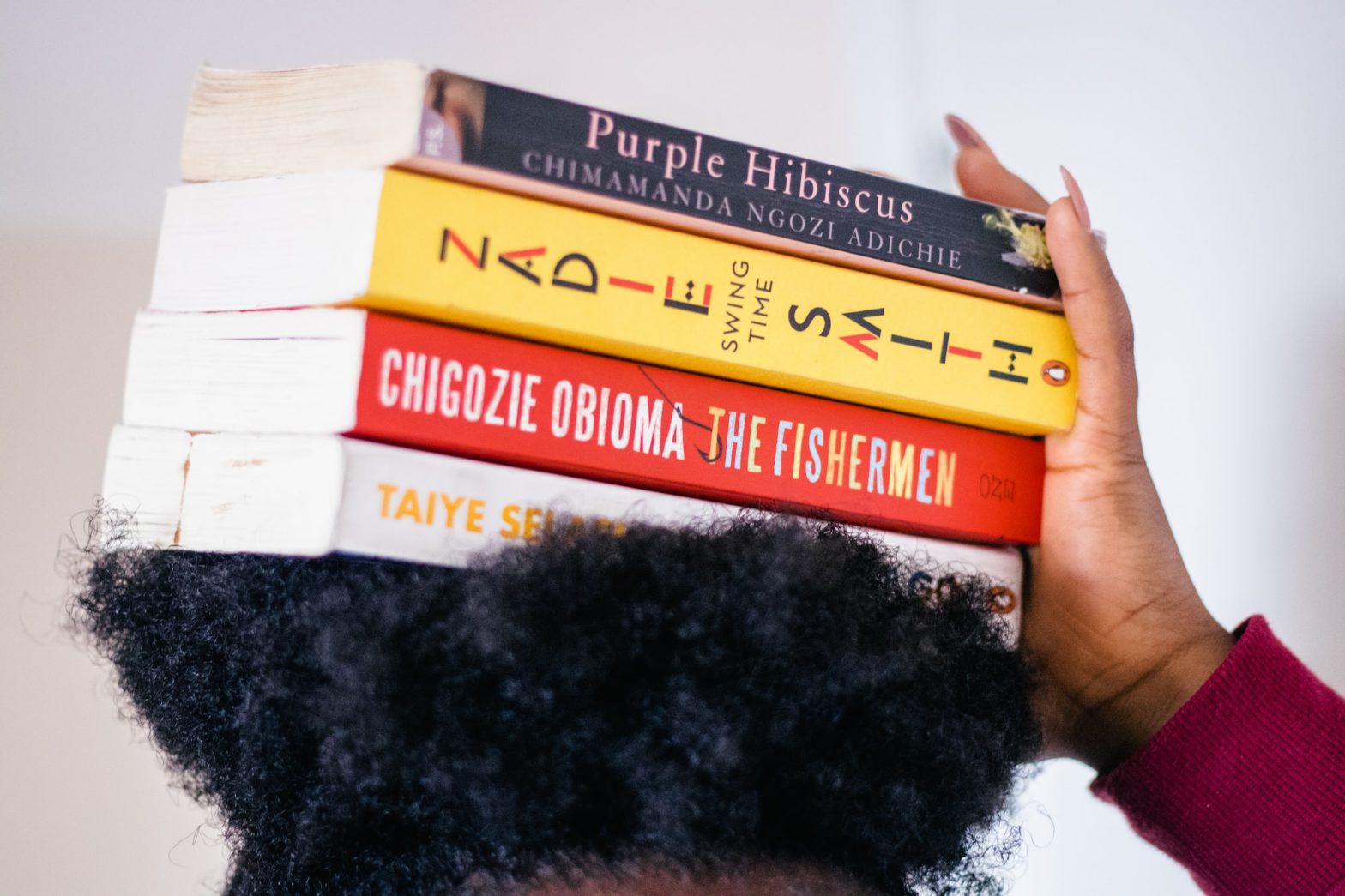By Jesus Montaño
As a celebration of Black History Month, each week a Hope College professor or student will recommend their favorite books or films dealing with issues facing Black Americans today and throughout history. This week is dedicated to children’s literature and is written by Dr. Jesus Montaño, an associate professor of English. As a teacher/scholar of Latinx literatures and cultures, with special interest in children’s and young adult literary and cultural production, Dr. Montaño’s teaching and research examines the transformative and reparative power of writing and reading on young minds and spirits.
One can justly assume that this blog post took a wrong turn, got lost, then found itself in the woods. To be fair, it is easy to presume that a blog post on African American children’s picture books would not be concerned with Black children wondering as they wander in the outdoors. I would like to take this time and opportunity afforded to me by the Big Read Lakeshore to map what such a journey, via picture books, can offer us, that is, what can we gain from treading along these wild wonderscapes.
We know that play is an important part of childhood, beneficial to learning and wellbeing so much that the United Nations Convention on the Rights of Children lists it as one of its international rights and that playing outdoors in particular helps children to learn science, practice social and emotional skills, and develop the lifelong habit of being active. Wondering and wandering in the great outdoors, we might say, is an important part of childhood, and of being human.
Yet, as children’s literature scholar Dr. Michelle Martin at the University of Washington Information School notes, Black kids are rarely featured playing in nature. This lack of representation can be a detriment to Black children who do not often see themselves represented in picture books, much less in picture books in nature. For Professor Martin, this is important right now not only because of health issues, such as obesity, that disproportionately impact kids of color, but also because this lack of representation can communicate ideas about to whom nature belongs. Given the state of our environment, it is essential to consider issues of equity in terms of access to natural spaces and the role of Black and Brown people in environmental conservation efforts.
By diversifying our bookshelves to include picture books with Black kids exploring nature, we can help kids find themselves in literature and in the great outdoors. During this Black History Month, take a moment to check out some picture books that show Black kids leading us as they wander and wonder in nature. Here are a few favorites to get you started:

Where’s Rodney? by Carmen Bogan is a story of a young Black student who can’t keep still. When Rodney visits a national park for the first time, he finds that the outdoors can be a majestic and peaceful place.

The Hike by Alison Farell features a multi-racial group of three young female explorers as they wonder and wander in their local forest park. Each girl engages with the woods in a unique way, teaching us the value of observing, appreciating, and learning in the natural world.

The Thing about Bees by Shabazz Larkin is a love poem to the author’s two sons that helps kids understand the role of these some-times scary pollinators. Perfect for a read-aloud, this book helps kids understand the importance of bees and the natural environment.

The Camping Trip by Jennifer K. Mann is a picture book/graphic novel hybrid about Ernestine, a city kid, and her first adventure camping in the Pacific Northwest. This book shares the frustrations and delights of camping and how time in nature can transform our way of seeing the world.

Buzzing with Question by Janice Harrington tracks what is possible when Black youth place their love of nature at the service of answering the world’s “buggy” questions, such as how ants find their way home or can bugs see color. About Charles Henry Turner, the first Black entomologist, this picture book provides a look at the obstacles as well as the promise of encouraging Black youth into the sciences.
What would our world look like if we encouraged all kids to wander and wonder in the outdoors? Specifically to this blog entry, what would our world gain if we envisioned Black youths treading into wild wonderscapes? This is to say that changing the world begins in such imaginative ways. I highly encourage you to read these books, to yourself and to those you love.



What a marvelous list of books! This topic and its vast connections are so important. Purchasing now for our church’s children’s library…